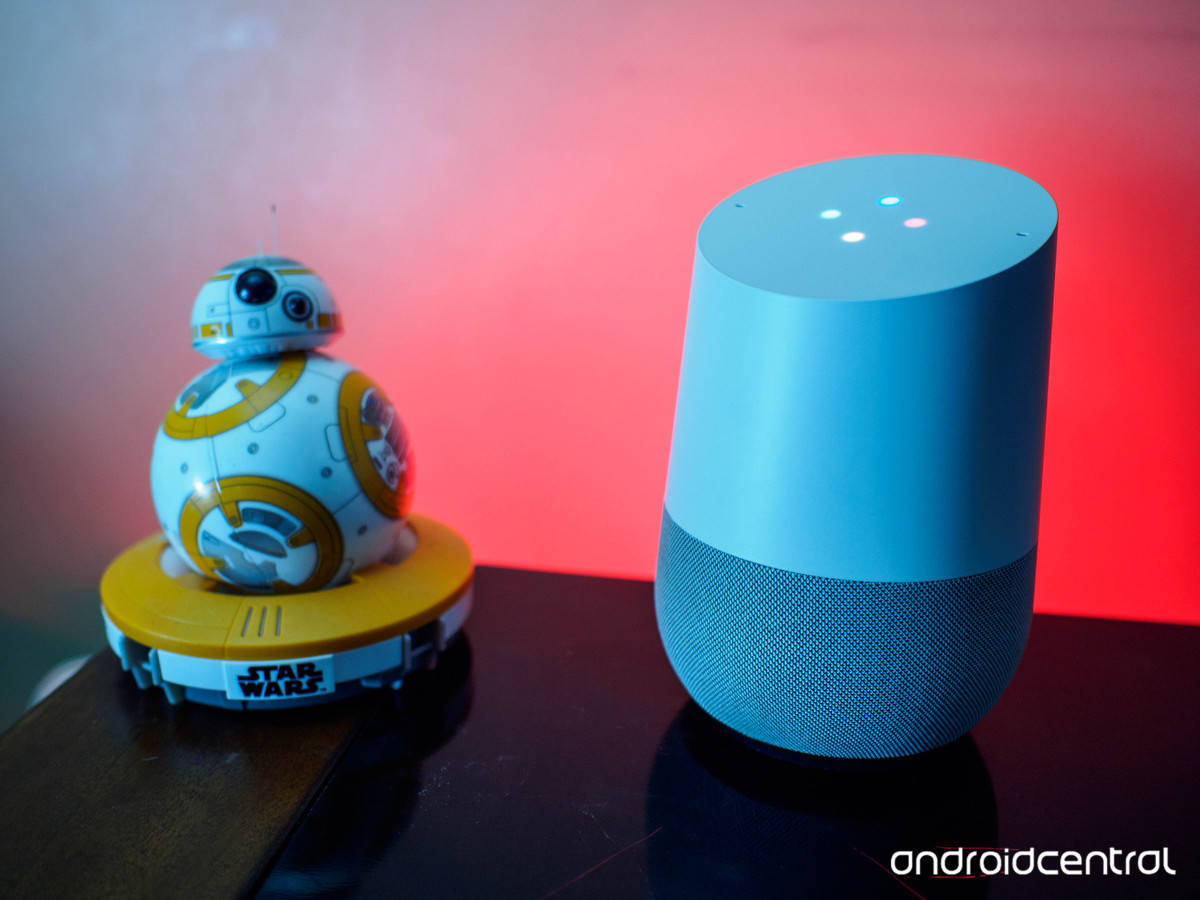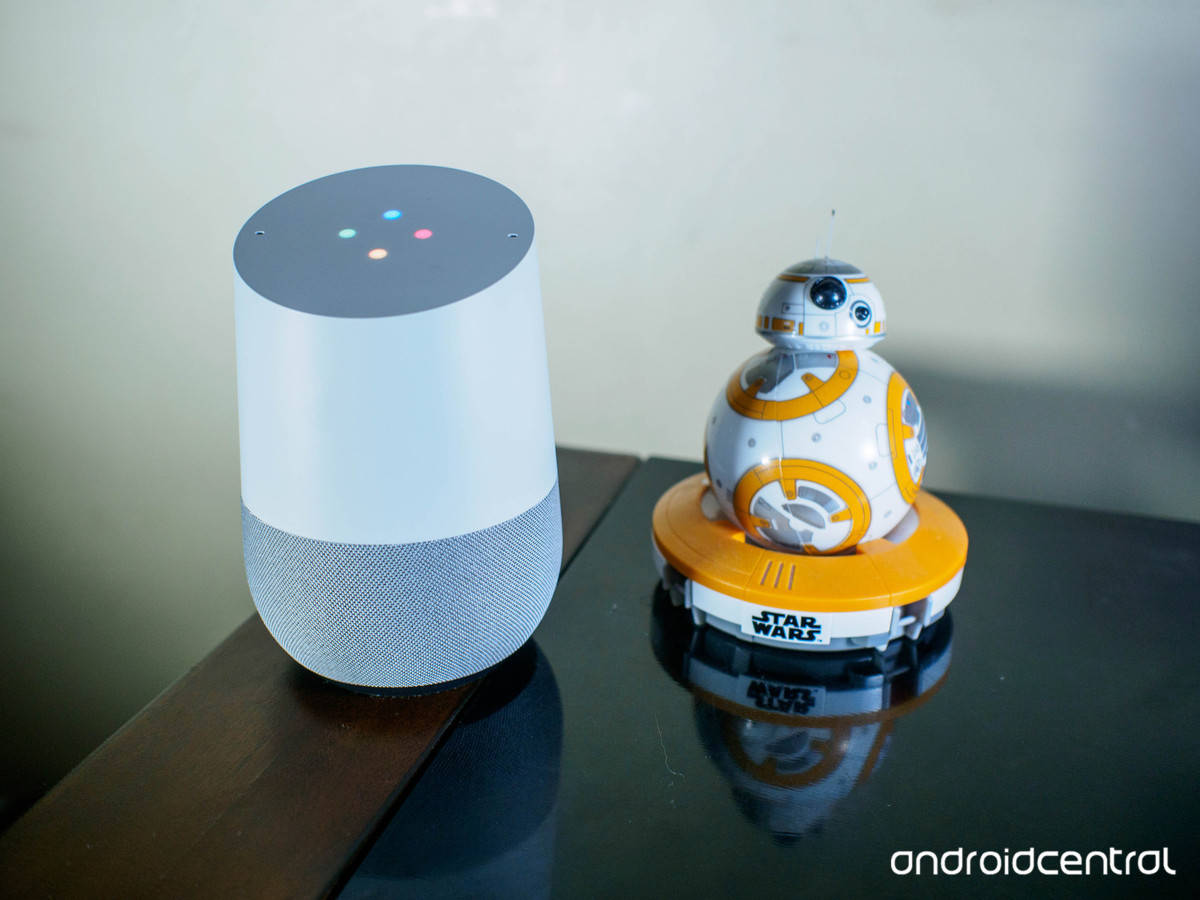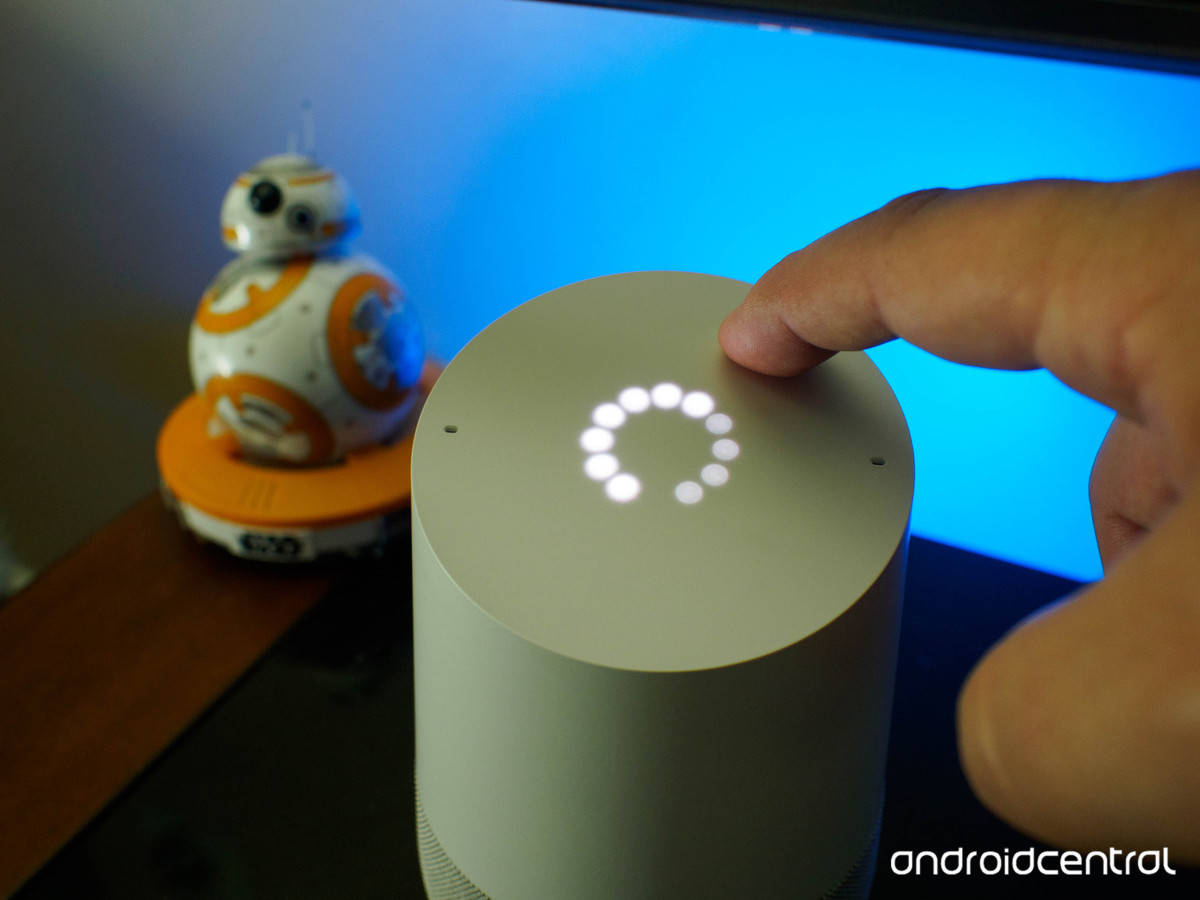Google Home is a great start with enormous potential.
Don’t look for a “definitive” review of Google Home just yet — because it’s just getting started. But it’s already very, very good.
Google’s position in the home remains a little precarious, if you think about it. Or at least it’s still very much in catch-up mode.
It’s been some five years since Android @Home failed to launch. (You’re forgiven if you don’t remember that one.) The original Google TV was underpowered and finally grasped onto the third rail that was (and still is) cable television. The Nexus Q was an early, expensive and rightfully aborted (never mind the damned sphere was beautiful) attempt at what sort of morphed into the brilliantly simple Chromecast.
No, breaking into the home isn’t easy. Except Amazon over the past two years proved it’s possible with the Echo — its first connected speaker and the shell for the real brains of the operation, Alexa. The hardware’s the easy part. Bluetooth speakers aren’t exactly new. The connectivity — actually being able to do something — that’s where things really get important. And while Alexa started slow — the potential was obvious when I first reviewed the Echo in early 2015 — it’s grown by leaps and bounds since then.
All this is to say that Google’s been behind, and it’s been behind for a long time. But Google’s changed a lot in the past couple years. It’s got a new hardware division. And in the new Google Home (along with the new Google Assistant), it’s got the makings of a fun little home hub that might well put Alexa back in the box.
Let’s take a look.
About this review
We’re writing this after a day with Google Home. Short? Yeah. But this isn’t a hard product to wrap your head around. It’s a retail unit we purchased from Google for $129. I’ve got it in my kitchen, alongside my Amazon Echo, in the windowsill, facing east. (There’s not a lot to say here. It’s a connected speaker. Over and out.)
The hardware
As you’d expect from this sort of product, there’s not a lot going on in the Google Home box. Speaker. Power cord. That’s it. The cord fits smartly (and vertically) into the base of the speaker, and you plug in the surprisingly large wall wart. The hidden lights flash through the sliced-off top, and Google Home comes to life.
Setup is simple enough. Fire up the renamed Google Home app (formerly the Chromecast app) and it’ll spot the Google Home speaker and prompt you to set it up. From there you’ll give it access to your Wi-Fi and your Google account, and you’re on your way.
Being a little short and squat myself, I suppose I’ve got a predisposition for products of the same stature. Whereas the Amazon Echo is tall and skinny — I still see it as a black obelisk — Google Home is far more stout. It’s a tad under 6 inches tall, and flares out to nearly 4 inches at the waist. Unlike the Echo, I’m not at all afraid I’m going to knock it over, particularly in my busy kitchen.
As a speaker, Google Home is surprisingly good.
The matte white body is understated. I’m a little worried about clunking it up in the kitchen — food and sauce can fly — but at the same time it doesn’t show oil from fingers like you get on the Echo. That’s a win. We’ll also eventually be able to swap out the fabric pants worn by Google Home for something a little more snazzy. But for now, it’s a gray base. There’s an awkwardly placed on/off mic button on the back — for those times you don’t want Google Home listening for you.
And Google Home is listening for you. The far-field microphones are legit. I can speak in a soft voice from 10 feet away, careful to not wake sleeping children, wife or dog, and it hears me. And as a really cute trick, Google’s smart enough to only answer on Google Home if you happen to have a phone nearby that also was triggered by the “OK, Google” hotword. Nice.
As a speaker, Google Home is surprisingly good. There’s something to be said for fat bottoms here, but the amount of bass that comes out of the 2-inch drivers is truly impressive. That goes for music as well as spoken word.
The former isn’t to be overlooked here. I don’t use the Amazon Echo as a Bluetooth speaker all that much because Bluetooth is still pretty awful even after all this time. It’s awful to connect. It’s awful to disconnect. It’s awful when you forget you’re connected and start piping every sound from your phone into another room and spend a few seconds wondering what the hell is going on.
![]()
Google Home, however, is a proper “Cast” target. That is, if you’re familiar with Chromecast and Chromecast Audio, it’ll appear as a device to which you can send media — and only media, not your full phone output. Google Home does the actual streaming — your phone just told it where to go. (This Cast protocol, to me, is still one of Google’s finer achievements over the past couple years.)
Voice is extremely important, too, of course. Google Home talks to you. It answers your questions. It gives you information. It’s maybe a little more clunky than I’d like. Saying “OK, Google …” before every command is sort of a phonetic mess, and not as easy to say as just “Alexa …” (But on the other hand that probably makes it better trigger phrase.)
Being tied into Google an my Google Account, there’s a lot more Google Home can answer.
For a good place to start, try “OK, Google. Tell me about my day.” You get time and weather information, then a quick rundown of your schedule. I’ve got a meeting at 8 a.m. Cool. I didn’t expect a reminder of my sole reminder — “By the way, don’t forget to take a pill.” Nice touch. It’ll then launch into the news, exactly like Amazon does with its Flash Briefing feature.
Being tied into Google an my Google Account, there’s a lot more Google Home can answer. (There’s a handy list here.) That’s not to say there’s not room for improvement. I can have my schedule read back to me, but I can’t yet add anything to it through Google Home. (Doing so by voice works just fine on my phone, of course.)

It’s annoyances like that that show how young Google Home still is. (And reminds me of the early days of Amazon Echo.) A connected speaker is only as good as it is connected.
You’re limited (at launch) to only four music sources, at least directly. (Those are Google Play Music, YouTube Music, Spotify and Pandora.) That certainly covers a lot of folks’ needs, but four sources is still only four sources. But, again, Google Home is a perfect Cast target, so there’s that.
Google Home will serve as a connected home hub as well. But at launch it’s only available for Philips Hue, Nest and Samsung’s SmartThings. That list will grow as Google opens up its new “Actions” portal for extending the Google Assistant. Look for that in December. But in the initial weeks, things are limited. This much is clear, though (and I’ve said so previously) — Google has a proper smart phone foundation on its hands here.
(By the way — Google Home not only turns Philips Hue lights on and off, it can control the colors, too. Alexa can’t.)
What you’ll really want to do is spend some time in the Google Home settings. They’re a little buried — go to the Home app, then Devices in the pull-out menu, and then hit overflow menu and choose settings. But then you’ll be able to customize a mess of things. The aforementioned “Home Control” options for lighting and Nest. You can choose which news sources read to you, and in what order. (That list is pretty darn extensive.) You can choose what you want fed back to you as part of that “Tell me about my day” thing.
This also is where the Chromecast feature is tucked in — you can tell Google Home to play music or video on specific targets. (I’m having varying degrees of success with that, though. And in any event I think maybe that’s going to be a niche case and starting visual streams from a phone or tablet will ultimately be easier.)
And finally, if you want to use Google Home to call an Uber, you can link your account in here as well.

The bottom line (so far)
Google Home is a thing. And as such it is a thing that needs to be reviewed. But this is far from a complete review, because Google Home is far from a complete product. It’s a look at Google Home right now. Like the Amazon Echo and Alexa, Google Home and Google Assistant are going to evolve. A lot.
The Cast protocol, to me, is still one of Google’s finer achievements over the past couple years.
In other words, Google Home on day one is about what you’d expect from Google Home on day one. You’ve got a really good speaker, and a capable but limited assistant. And you’ve got an easily relocated Cast target that can be grouped together (a la Sonos) for whole-house coverage of music.
As others have mentioned — and as we’ve been talking about since Google first showed us that compelling product video at Google I/O back in May — Google Home currently only serves one master. That is, you can only have one Google account tied to it. So while I can get the overview of my day easily enough, my wife can’t get hers. That’s a big damper. (Google’s aware of this limitation, of course, and went so far as to say “Linked account(s)” in the settings. They’re on it.)

Then there’s the matter of price. Google Home comes in a full $50 cheaper than Amazon Echo. But like Echo, that’s also still a bit more than I think I want to spend on loading my house up with these things. At least not yet. It’s not that $129 is a bad price for Google Home, especially on day one. But buying a couple at $99 would be a good bit easier to get away with.
For a Google/Android fan, Google Home is a no-brainer. It’s got all the makings of Alexa, in the proper ecosystem, with the full force of Google behind it. (It also looks a good bit better, I think.) If you’re not a Google user, then you’re not going to get as much out of it, insofar as the Assistant stuff is concerned. But that doesn’t mean it’s a paperweight. Not hardly.